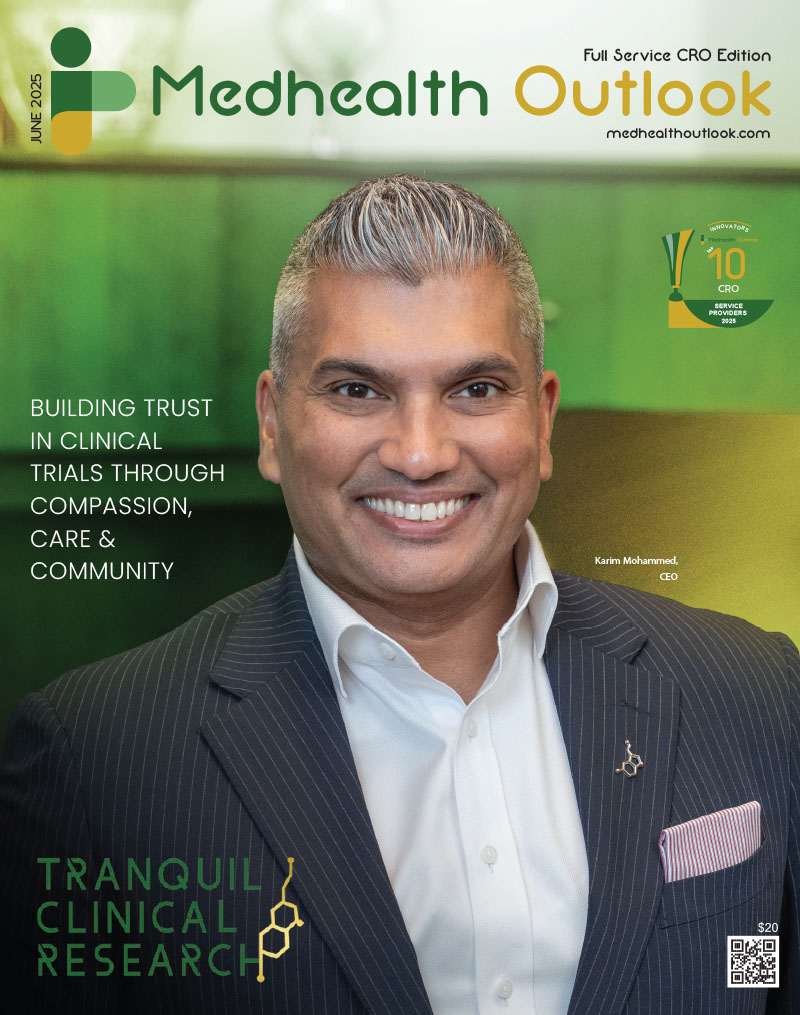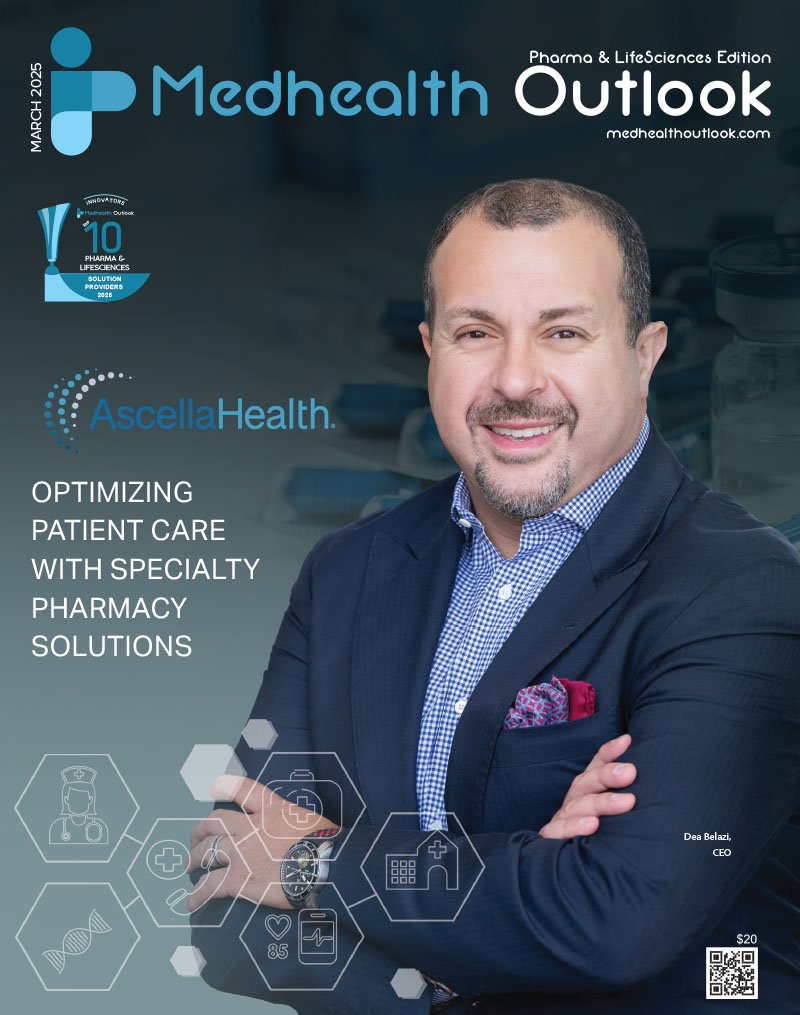How health system pharmacists have expanded their role to provide continuum of care.
Health system pharmacists have taken on the challenges facing healthcare, providing more direct patient care than ever before. Over the last decade, pharmacists have been expanding their roles as first-line providers of care and consultation in their communities.
As COVID-19 infection rates rose and vaccines became available, health system pharmacists stepped up even more to fill the growing need for consultation on therapeutic patient management, testing sites, vaccination clinics, and new treatments. They collaborated with prescribers on appropriate treatments as well as supportive care, worked to procure supply constrained drugs, and navigated a maze of rapidly changing guidelines.
Now, their impact reaches beyond the hospital walls as they expand their roles to coordinate care, manage supply and mitigate drug shortages, advise on specialty medications, and optimize data and pricing strategies.
Pharmacists are clinicians, data scientists, and drivers of innovation – focused on supporting health systems to deliver on patient outcomes.
Expanding Responsibilities in Healthcare
The primary role of a health system pharmacist is to work with physicians, nurses, other healthcare professionals, and patients to determine appropriate medication and dosage, as well as provide medication delivery, side-effect monitoring, and follow-up. However, their influence is expanding in the healthcare industry.
Pharmacists champion advocacy for safe, effective, and equitable patient care by providing education and communication, all while incorporating clinical judgement and evidence-based medicine into therapeutic decision making.
In the hospital, pharmacists are responsible for the compounding of many pharmaceutical products for patient administration. They monitor medication usage and new developments as they occur. They also manage the health system medication inventory, as well as purchasing, compounding, dispensing, and quality testing medication stock with support from pharmacy technicians and use of automation technology.
Pharmacy technicians have also expanded their proficiency in a variety of tasks. Along with medication preparation and fill, technicians took on the role of pharmacy communication coordinator, aimed at providing staff and other departments with pertinent communications. Additionally, the drug shortage management coordination role centralized the task of obtaining critically needed medications for the entire health system. This position allowed for up-to-date communications throughout the system on the status of critical medications, identified therapeutic alternatives where possible, medication reconciliation, and coordinated with distributors and manufacturers on these critical drugs.
Shaping the Future of Pharmacy
The emergence of the pandemic not only challenged pharmacists and other front-line healthcare workers to leverage their expertise in new ways—it also drove significant public and private collaboration. Together, a broad cross-section of healthcare companies, professional associations, and pharmaceutical distributors formed advocacy organizations such as the Future of Pharmacy Care Coalition to educate Americans and encourage them to urge lawmakers to preserve patient access to pharmacist-administered services. This collaboration aims to strengthen communities by advocating federal policies to equip pharmacists for serving more patients when and where the need is greatest.
Pandemic-induced supply chain disruptions, over-purchasing, and global shortages of critical drugs threatened to overwhelm health systems. In response, distribution partners sought to enhance distribution transparency and equity by drawing upon the clinical expertise of health system pharmacists, supply chain specialists, and data analysts to track and project drug utilization while mitigating the impact of drug shortages. These types of collaborations are responsible for giving health system pharmacists and their teams reliable data they need to adapt to dynamic conditions.
As Roles Expand, So Should Resources
The role of the health system pharmacy team is essential but doesn’t always have the same visibility as doctors and nurses. The pressure on health system pharmacies during the pandemic has been enormous, with pharmacists and pharmacy technicians working long hours, frequently in a short-staffed environment. Often, a pharmacy’s expanded role comes without increased reimbursement from payers.
There are a number of ways health systems are adjusting to labor shortages. Adopting predictive analytics can help hospitals gain insight into workforce levels to ensure the continuity of patient care. In addition to analytics, health systems are implementing flexible scheduling to cover shifts and pharmacy hours of operation, as well as expanding training programs for healthcare providers, including pharmacy technicians.
It is also important to make sure pharmacy teams feel heard regarding issues around staffing, safety, and technology. These important conversations can lead to optimizing working conditions and job satisfaction. Organizations should also provide recognition and adequate pay, as well as opportunities for employees to practice self-care.
Overall, pharmacy roles and responsibilities have expanded at a rapid pace to support patient outcomes and the continuum of care. As the demands of COVID-19 and other public health concerns continue to strain health systems nationwide, health system pharmacists rise to the occasion. Their expertise and dedication deliver support to their patients and their communities.
Pull quote: “Pharmacists are clinicians, data scientists, and drivers of innovation – focused on supporting health systems to deliver on patient outcomes.”


















